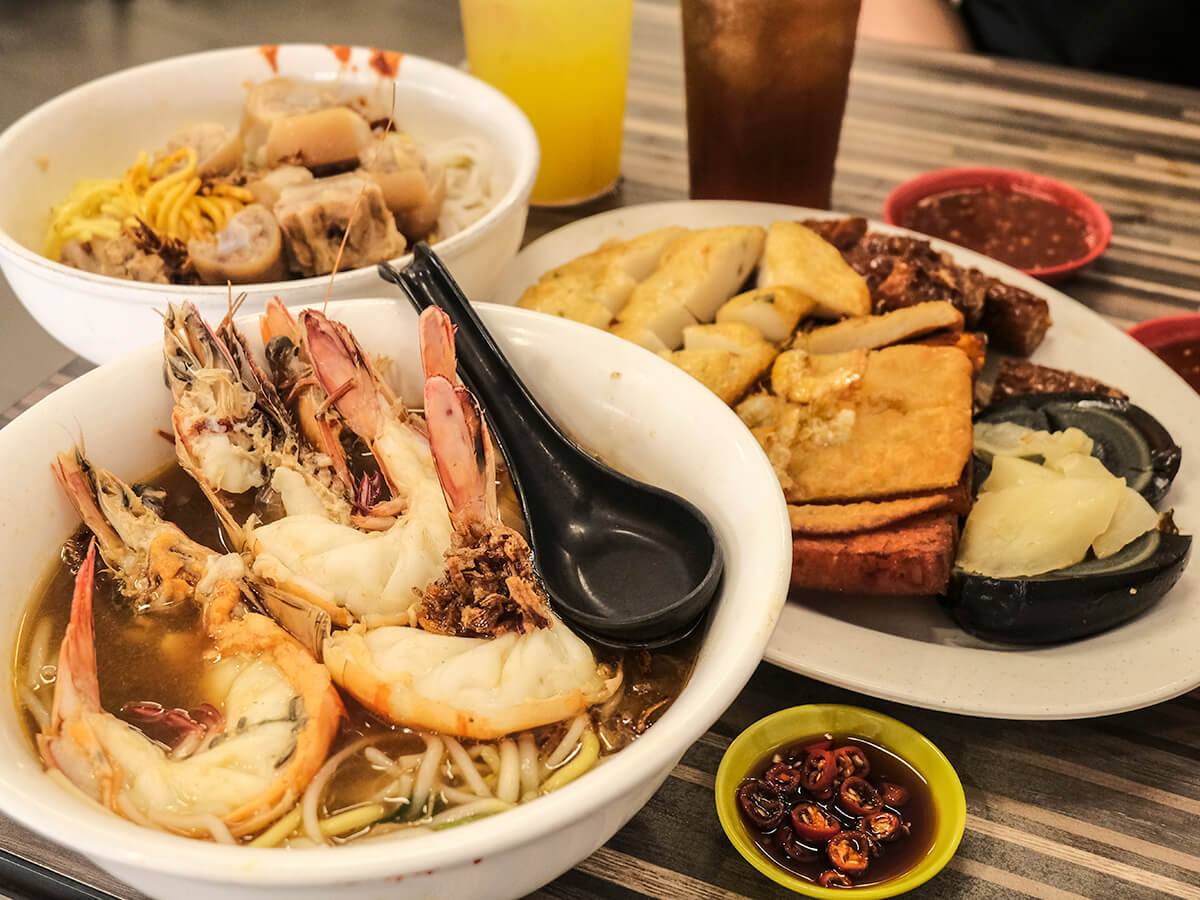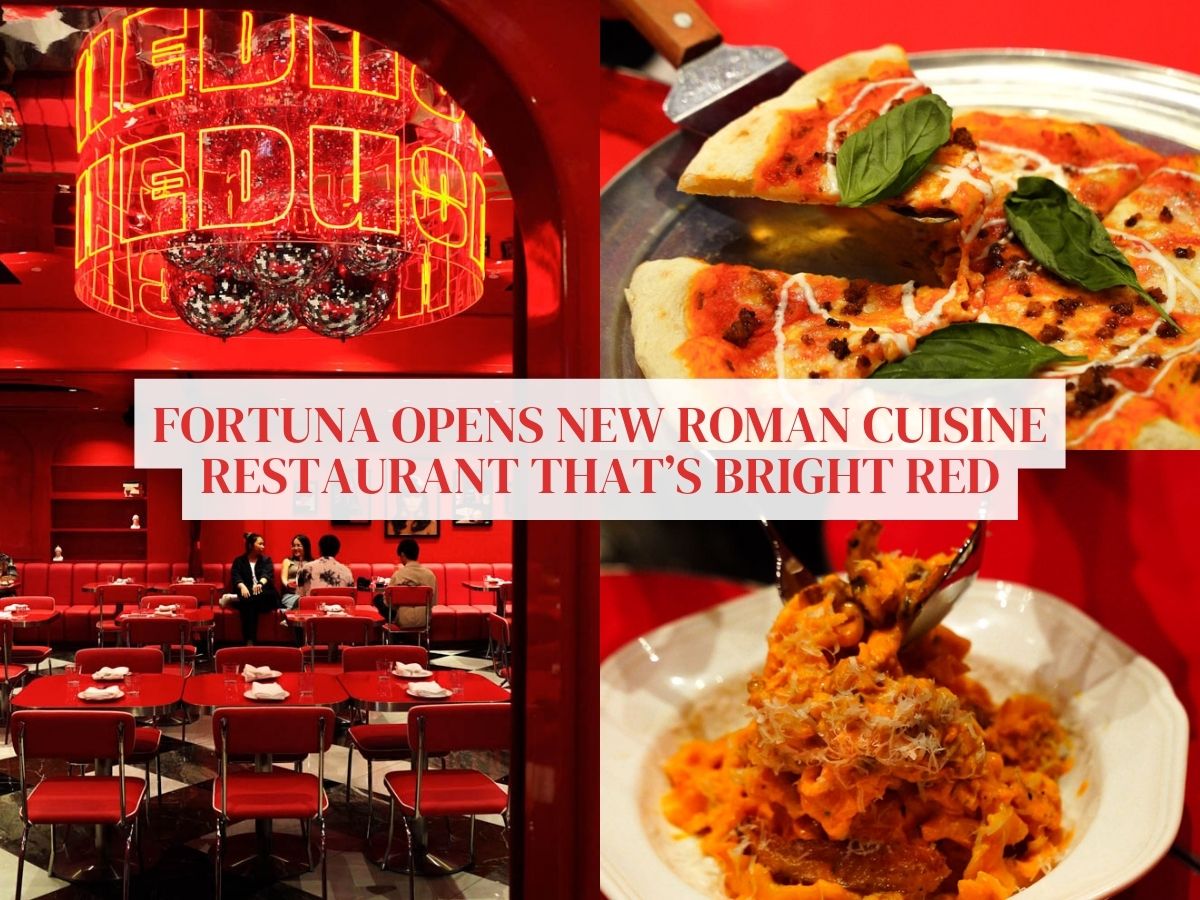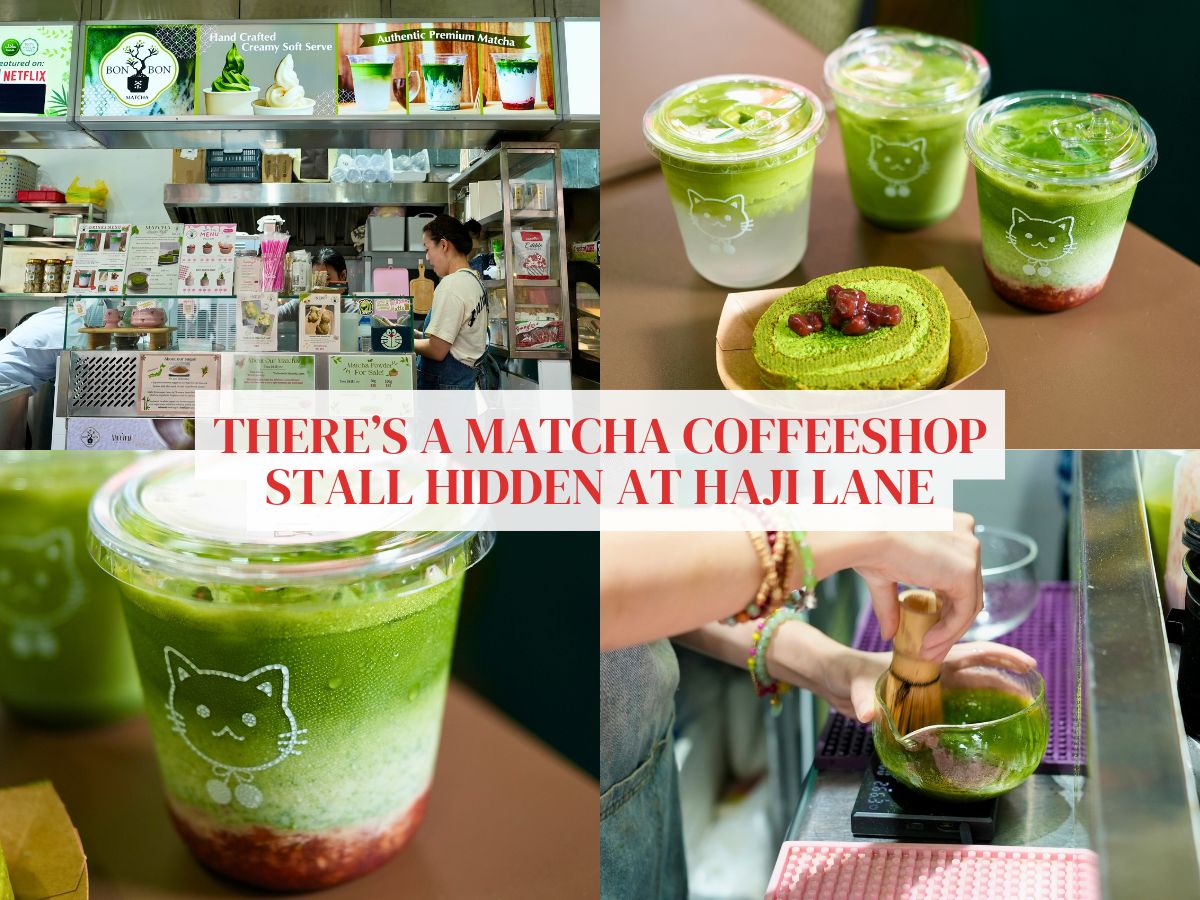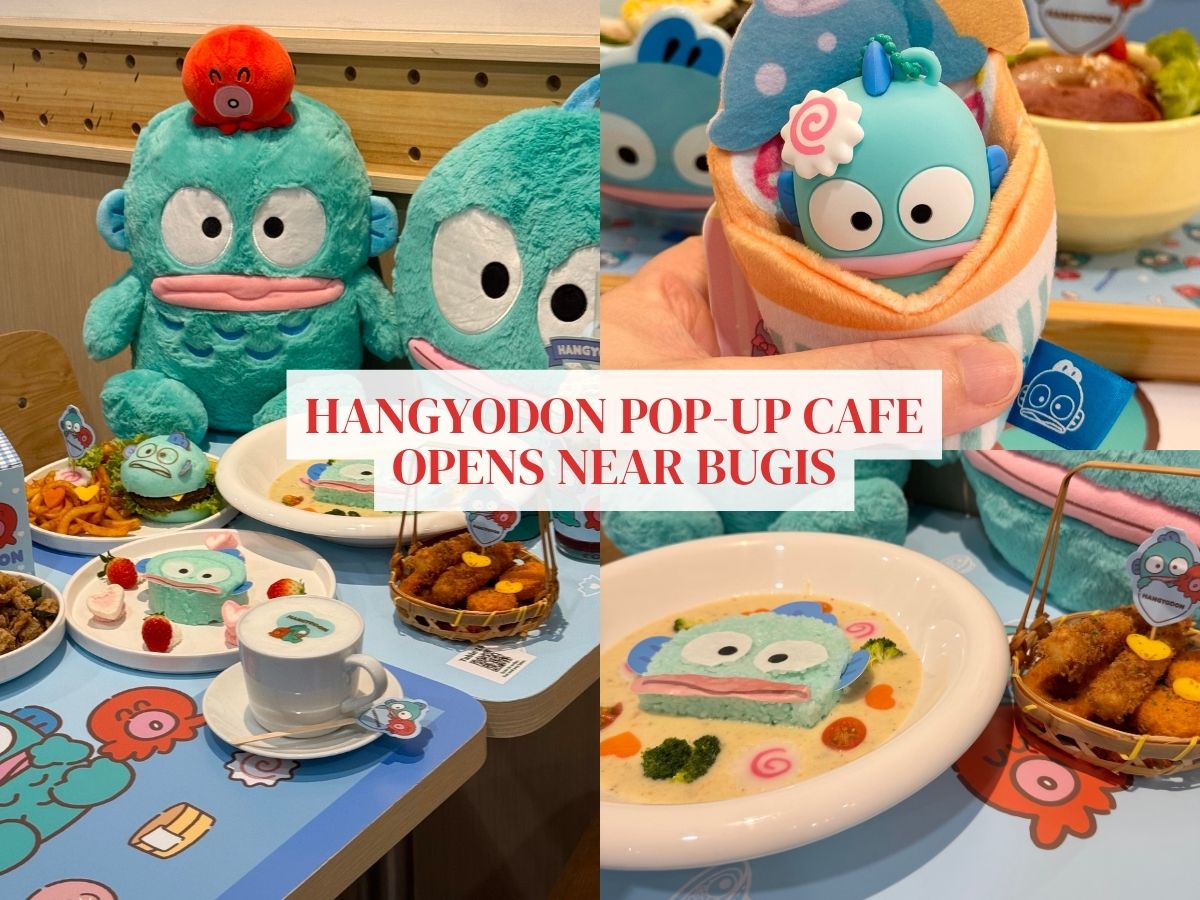Review: Slurp up a taste of tradition at Beach Road Prawn Noodle House
“It’s just prawn noodles,” said no one ever.
The umami-rich hae mee (prawn noodles in Hokkien) is a beloved ubiquitous hawker classic that you’ll find all around the island. It’s also a tricky dish to review, because there’s so many styles of the dish out there — some sweeter, some more herbal, some porkier in taste.
The current trend leans towards the thicker, creamier and more robust broth — a la tonkotsu ramen — but there are many who still prefer the old-school version that’s lighter and more balanced.
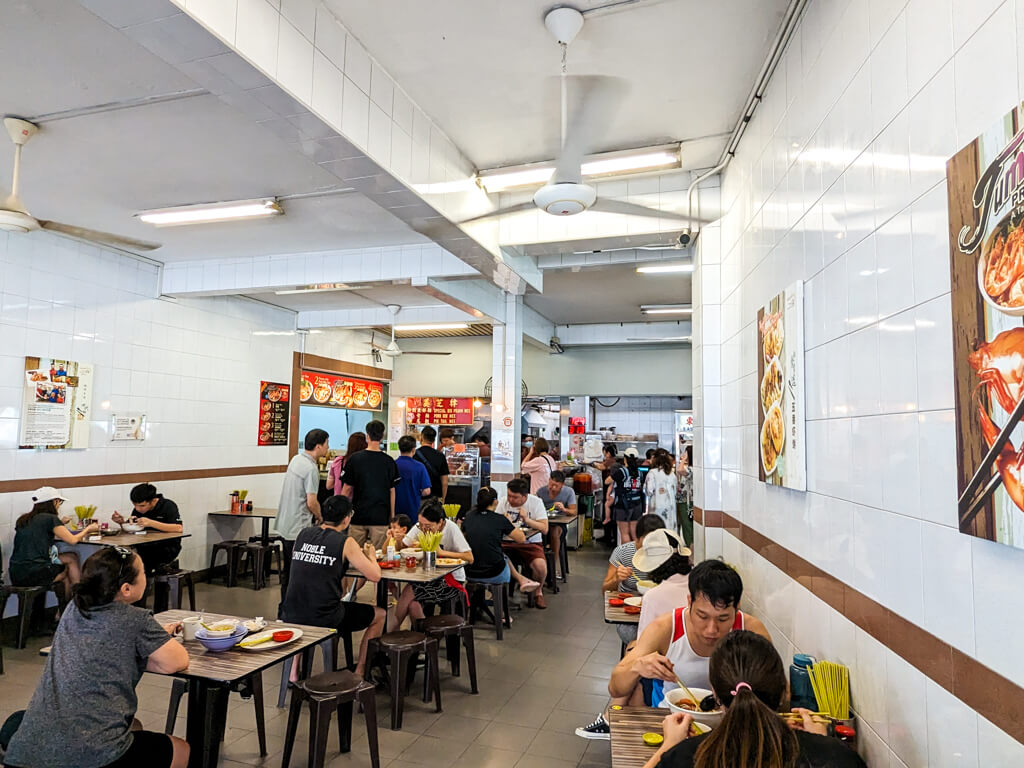
Chances are you’ll have heard of Beach Road Prawn Noodle House or Beach Road prawn mee, even if you’ve not had the chance to try it.
For as long as I can remember, this eastside eatery has been the bastion of prawn noodle excellence, and even though I never grew up in the area, I have friends who tell me that their families have frequented the shop regularly since childhood. And finally, it was my turn to try their food.
The backstory
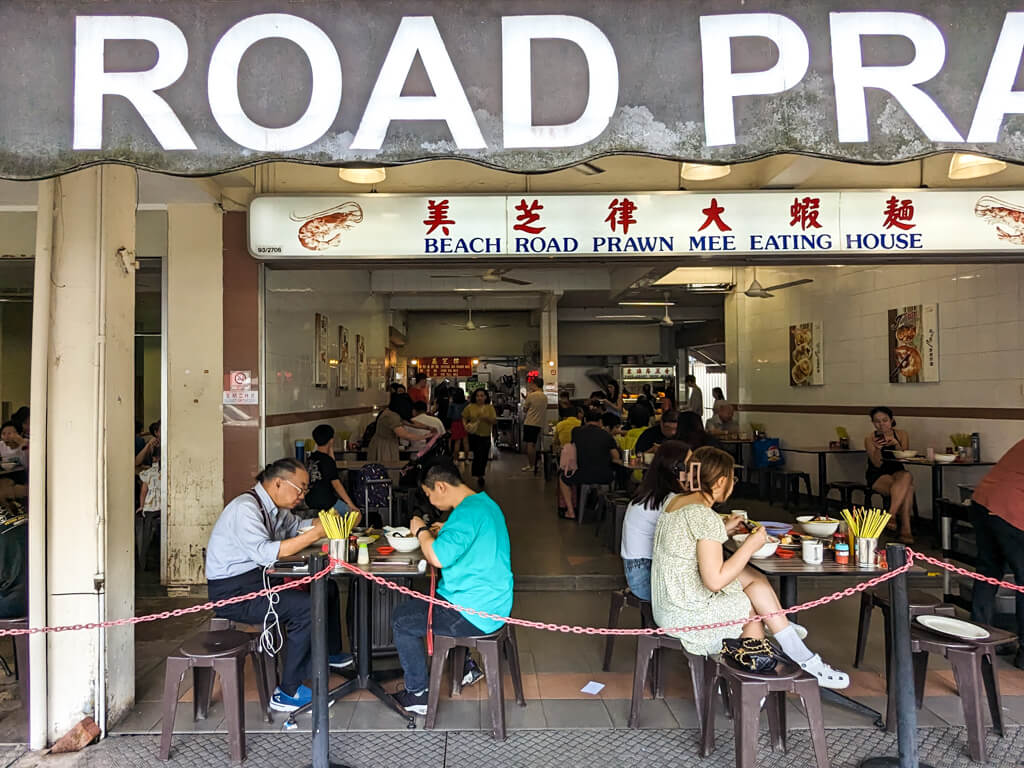
This storied stall dates back to the late 1920s when the original owner, Lee Pee Tuan, arrived in Singapore from Fujian and operated his makeshift prawn noodle stand along a covered walkway near Blanco Court.
His son soon joined the business, helping to establish a proper stall at North Bridge Road before moving to Haji Lane along Beach Road — earning its iconic moniker Beach Road Prawn Noodles.
The reins were later passed to its third-generation successor in 1986, who brought the stall to its current East Coast Road location, where it has since stood for almost four decades.
Today, the fourth generation upholds the legacy, inheriting the nearly century-old Lee family prawn noodle recipe.
Our verdict
Beach Road Prawn Noodle House’s reputation is much deserved, but its traditional taste may not appeal to everyone, particularly younger customers.
Regardless, it’s a solid choice for those who appreciate classic prawn noodles done right, with the bonus of some very good ngoh hiang snacks.
Plus, despite the relatively long queue when we arrived around 11am, the store operated like a well-oiled machine. The line moved fast and after placing our orders at the counter, the food came to our table within six minutes. The service is also refreshingly good for an older coffeeshop.
What it’s good for

The most popular option here (according to the menu, at least) is the signature jumbo prawn mee (S$13.50), because go big or go home, right?
I opted for the soup version and there are two extra-large, meaty tiger prawns that’ve been halved for easy consumption. There’s a cheaper option that starts from S$6.50, but the prawns are a lot smaller.
The amber-hued broth is slightly sweet and briny, from what I assume are hours of prawn shells being stewed, with light herbaceous notes, and a distinct aroma from the generous smattering of shallot and crispy lard on top.
It’s generally a very clean and well-rounded soup that doesn’t overwhelm with MSG (you can even drink the entire bowl of soup without feeling thirsty) or porkiness, if any. Though I’d imagine many would prefer a more robust broth, I like this traditional style that allows the other components of the bowl to shine.
The chunky tiger prawns come with roe and taste meaty and fresh. Most of the flavour is in the messy parts, so do your tongue a favour and suck up the juices from the head.
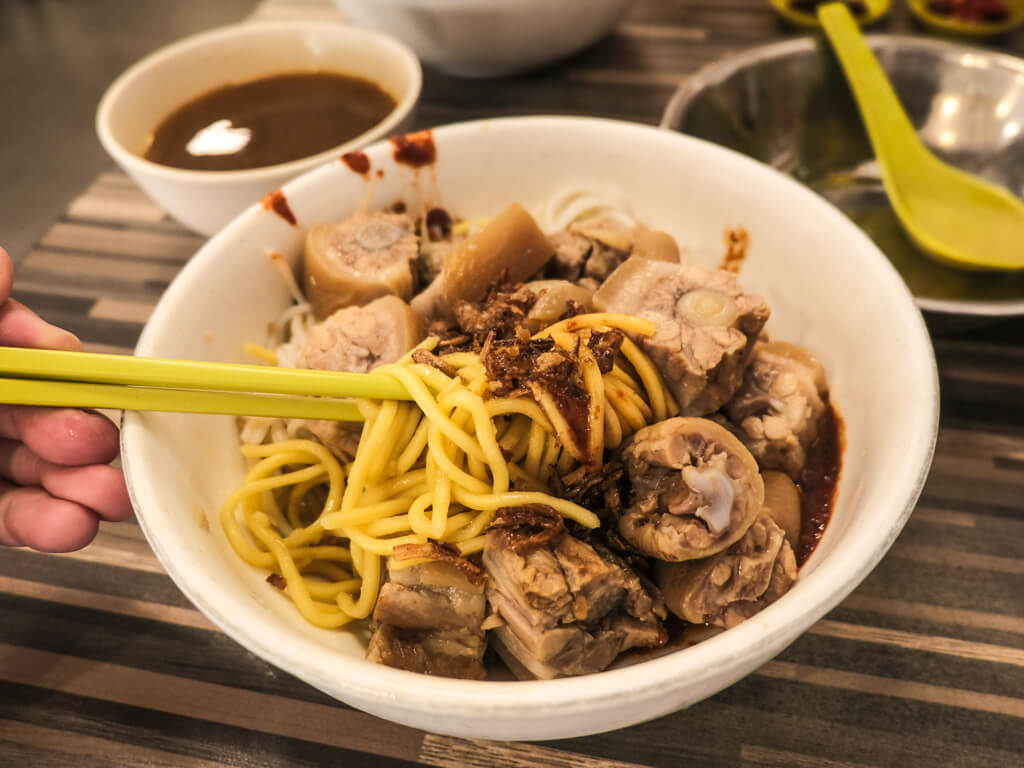
If you like the unctuous mouthfeel of pig tails, like I do, go for the pig tail mee (from S$6.50). The dry version goes great with the stall’s chilli sauce, which is more sweet than spicy and a little smoky.
Again, this is where the fried lard bits and shallots shine, adding savouriness and texture to each bite. The faint alkaline taste from the yellow noodles comes through more in the dry version, but quickly fades away once you mix in the delicious chilli. I also tossed in a dash of special chilli powder from the side of the table, which adds that extra kick of umami and spice.
The pig tails were cooked down far enough that the skin and meat is gelatinous and soft, almost to the point of sticking to the teeth. I still have dreams about those tails to date.
It’s worth noting that the accompanying broth for the dry version packs a more robust punch with a more characteristic briny sweetness, in comparison to the soup version.
Alternating between the noodles and the rich broth can only be described as: “Shiok!”
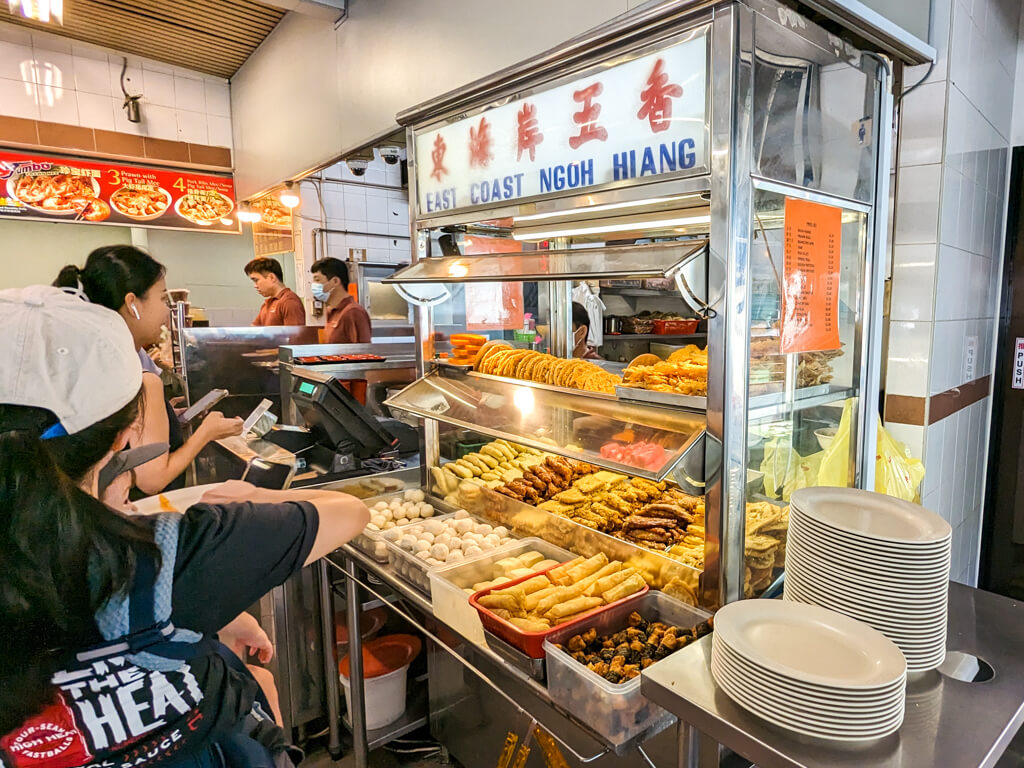
The ngoh hiang or wu xiang is another main draw here and what an experience it was.
Everything is fried to order and you get to pick your own from a brightly lit display of 19 different items.
For those who don’t usually like deep-fried things, you might find comfort in the fact that the wu xiang here, while a tad pricier than those you find in hawker centres, is brilliantly fried such that little oil remains.

The titular ngoh hiang (S$1.70) is peppered with a springy ground pork and prawn meat filling and crunchy water chestnut bits, savoury-sweet with the warm flavours of cinnamon and fennel. The skin is thin and very crisp.
The prawn roll (S$2) is similar in texture, but heavier on the five-spice flavour with a lot more fresh prawns inside.
There’s a rectangle orange patty called pumpkin egg (S$1.80) that’s now one of my favourite things here — think Chinese carrot cake but with pumpkin instead, with a sweet and mildly nutty taste and soft texture.
Other tasty things here include the large housemade fishcake (S$1.90) that’s bouncy and QQ inside, creamy-soft century egg (S$1.20) and the addictively crunchy prawn cracker (S$2.40) that’s light and airy with a light shrimp flavour.
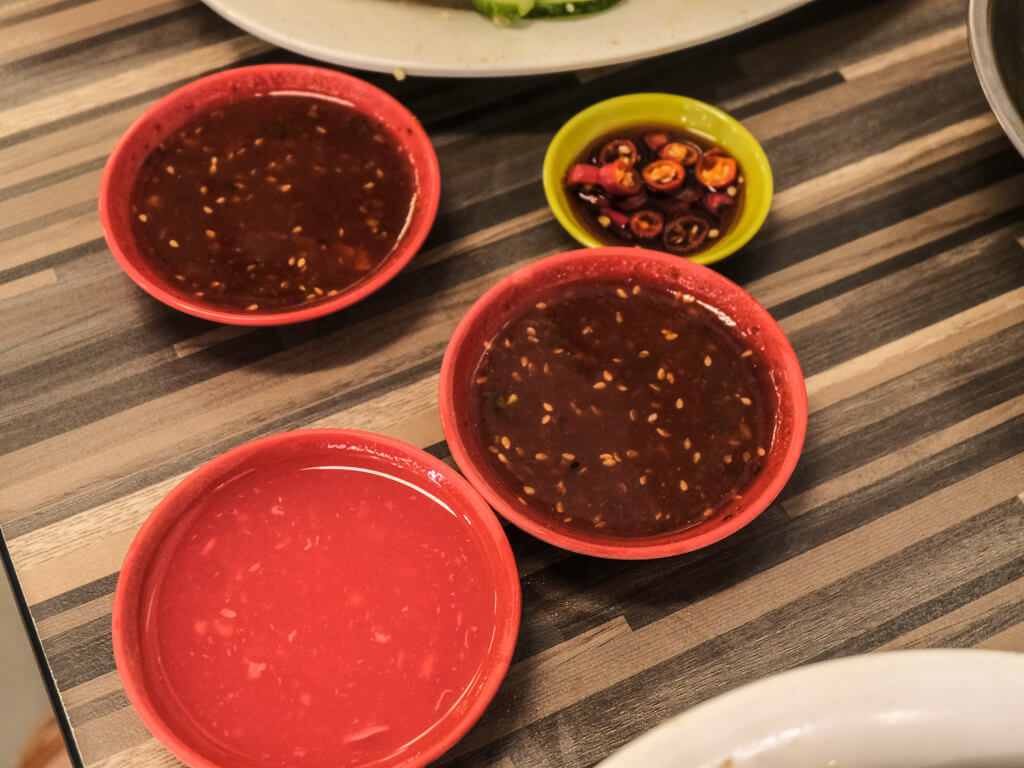
Depending on what you’ve picked, you can pair your fried snacks with either the tangy chilli dip that’s dotted with sesame seeds, or the classic thick pink sauce that you get at all ngoh hiang stalls for that gooey, candied touch. Both are just as fabulous.
What it could improve on
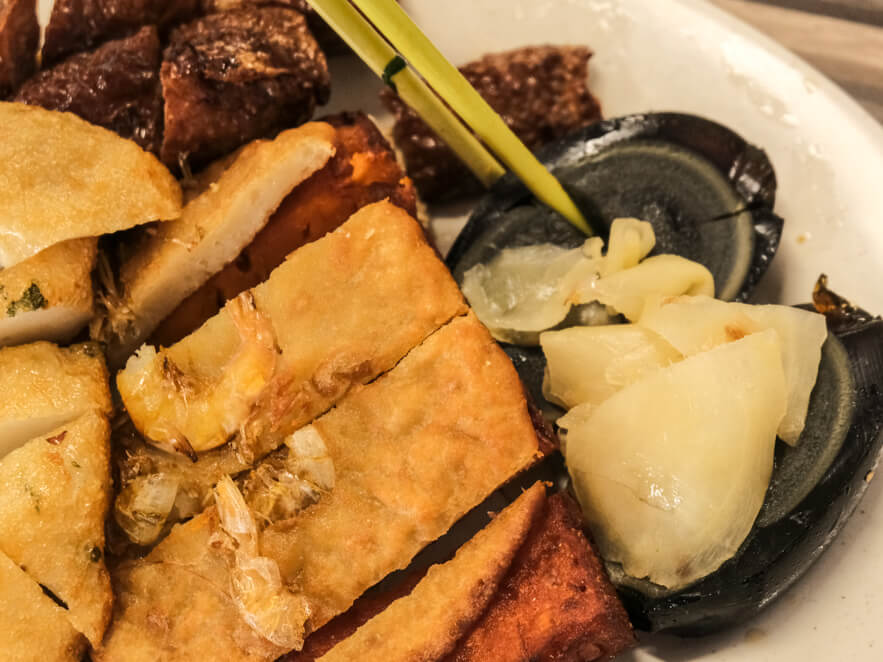
The Teochew-style prawn fritters (S$2), another ngoh hiang stall classic, was a bit of a let down with its less than crispy batter and tiny prawns on top. The fritter was also on the thicker side, which makes it a little chewy.
Otherwise, I’d most definitely recommend Beach Road Prawn Noodle House to anyone who’s yet to try it. Both my dining companion and I were left happy and satiated at the end of our lunch — food coma be damned.
Our quick takes
Is it conducive to conversation? As conducive as a coffee shop can be, but don’t stay for too long after your meal or you’ll get ugly stares from those waiting in line.
Is a reservation necessary? First come first served!
How to get there? Beach Road Prawn Noodle House is a 10-minute bus ride from its nearest MRT stations, Eunos and Kembangan. Or if you’re up for a (long) stroll, it’s a 30-minute walk from Eunos MRT.
HungryGoWhere paid for its meal at this restaurant for this review.
Hungry for more? Read about the latest Korean rice pot spot everyone’s talking about, and save this list for your next JB cafe hopping trip.
Do explore the new GrabFood Dine-in service for awesome deals.
You can also book a ride to Beach Road Prawn Noodle House.
Beach Road Prawn Noodle House
370, 372 East Coast Road
Nearest MRT station: Eunos
Open: Wednesday to Monday (7am to 4pm)
370, 372 East Coast Road
Nearest MRT station: Eunos
Open: Wednesday to Monday (7am to 4pm)
